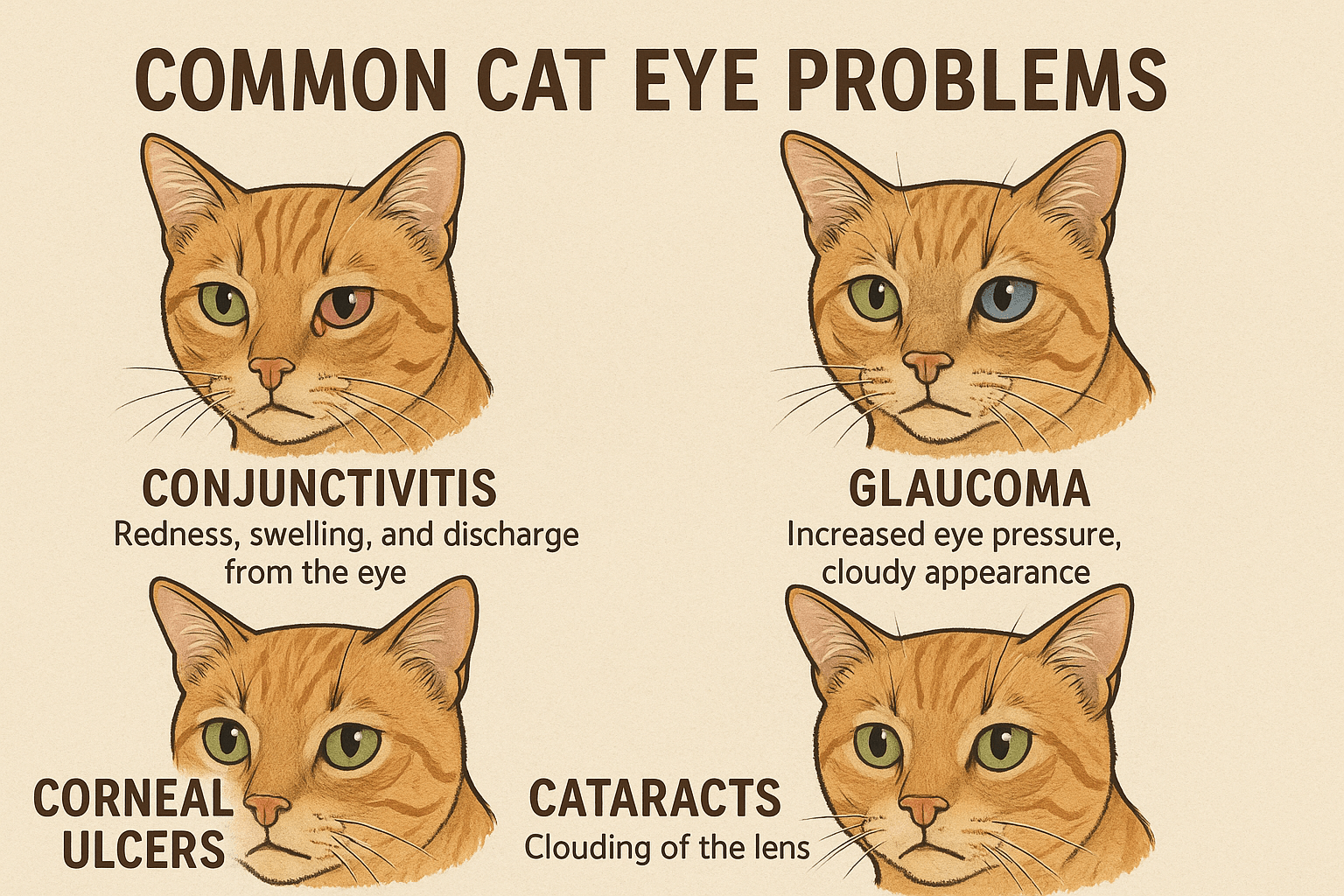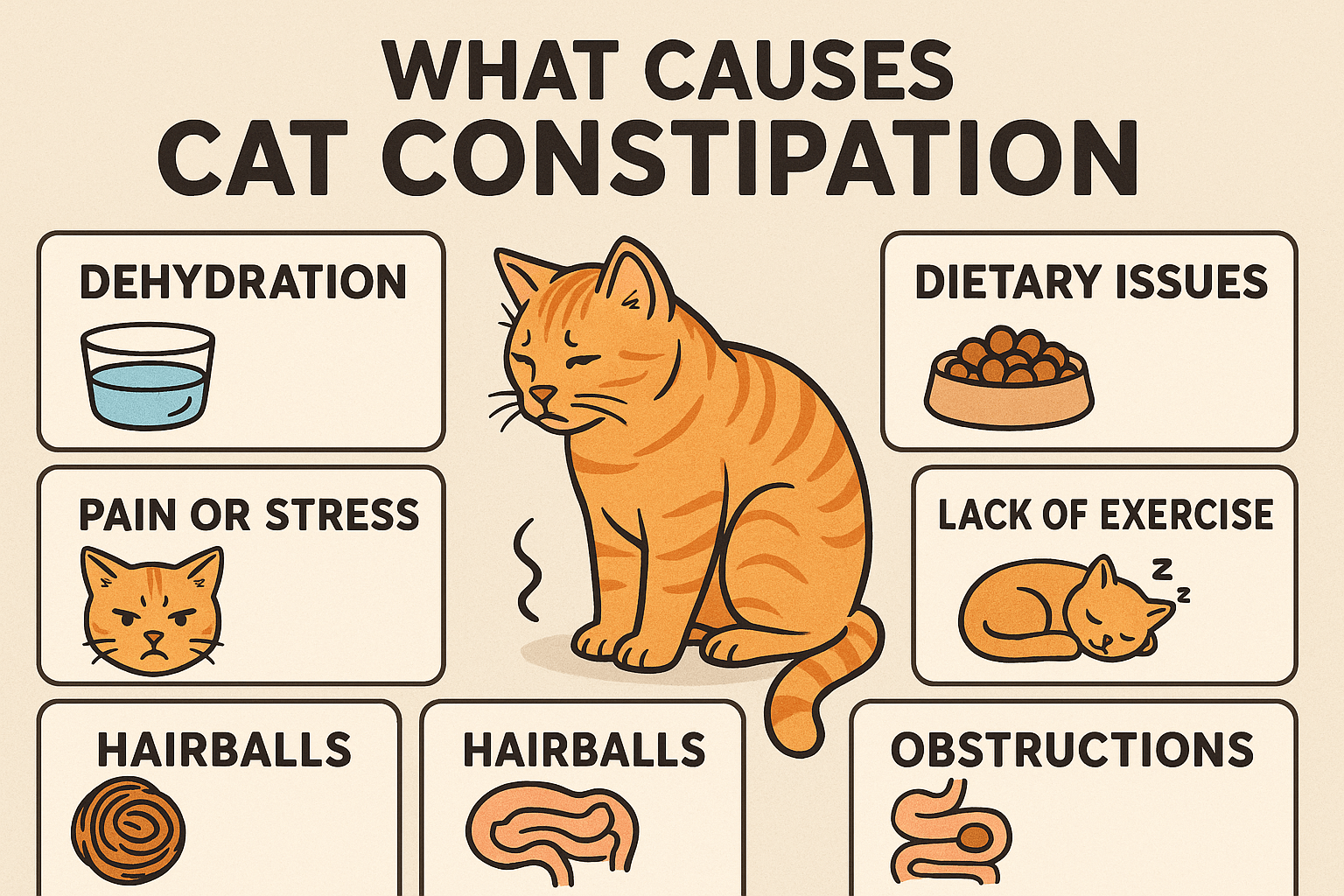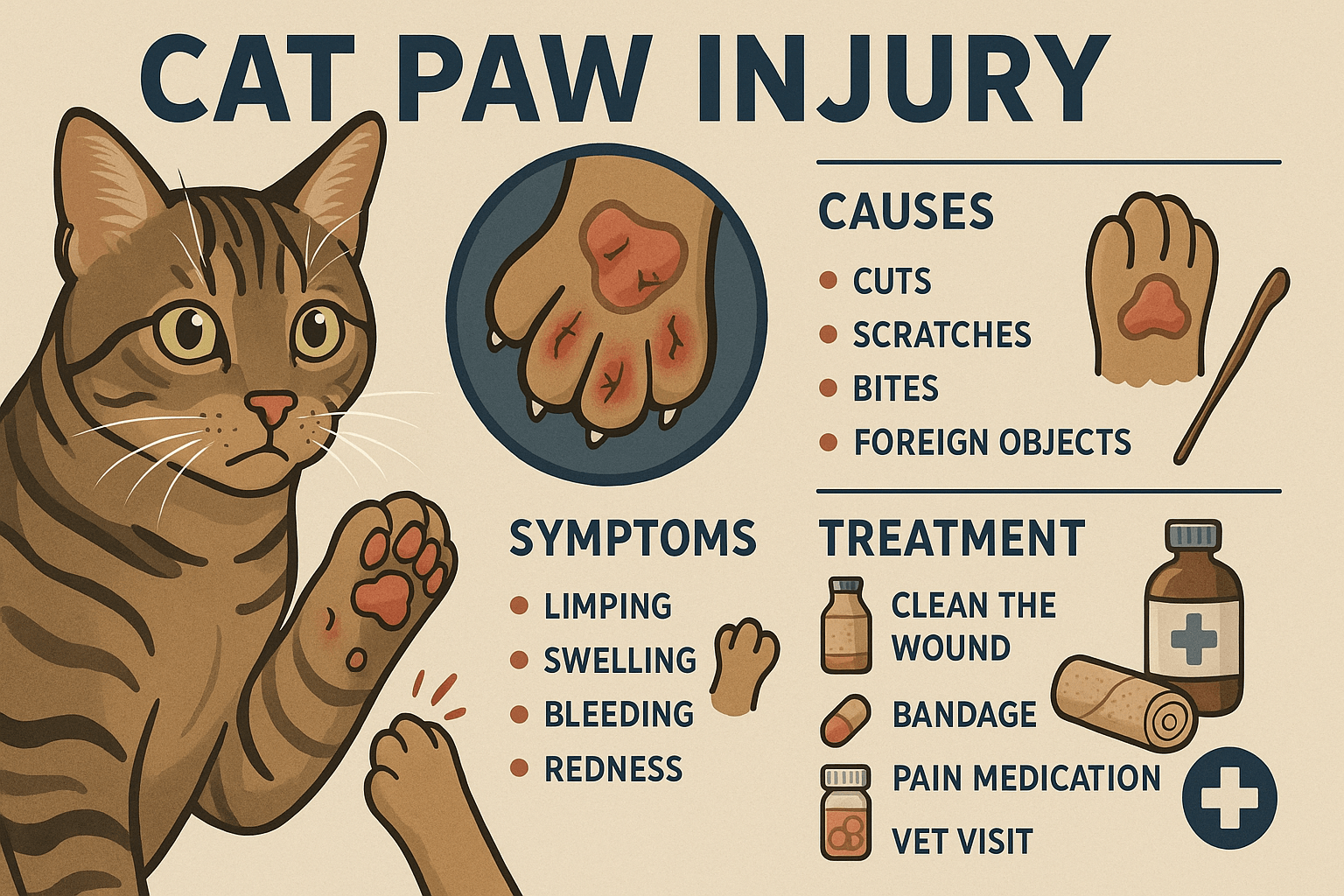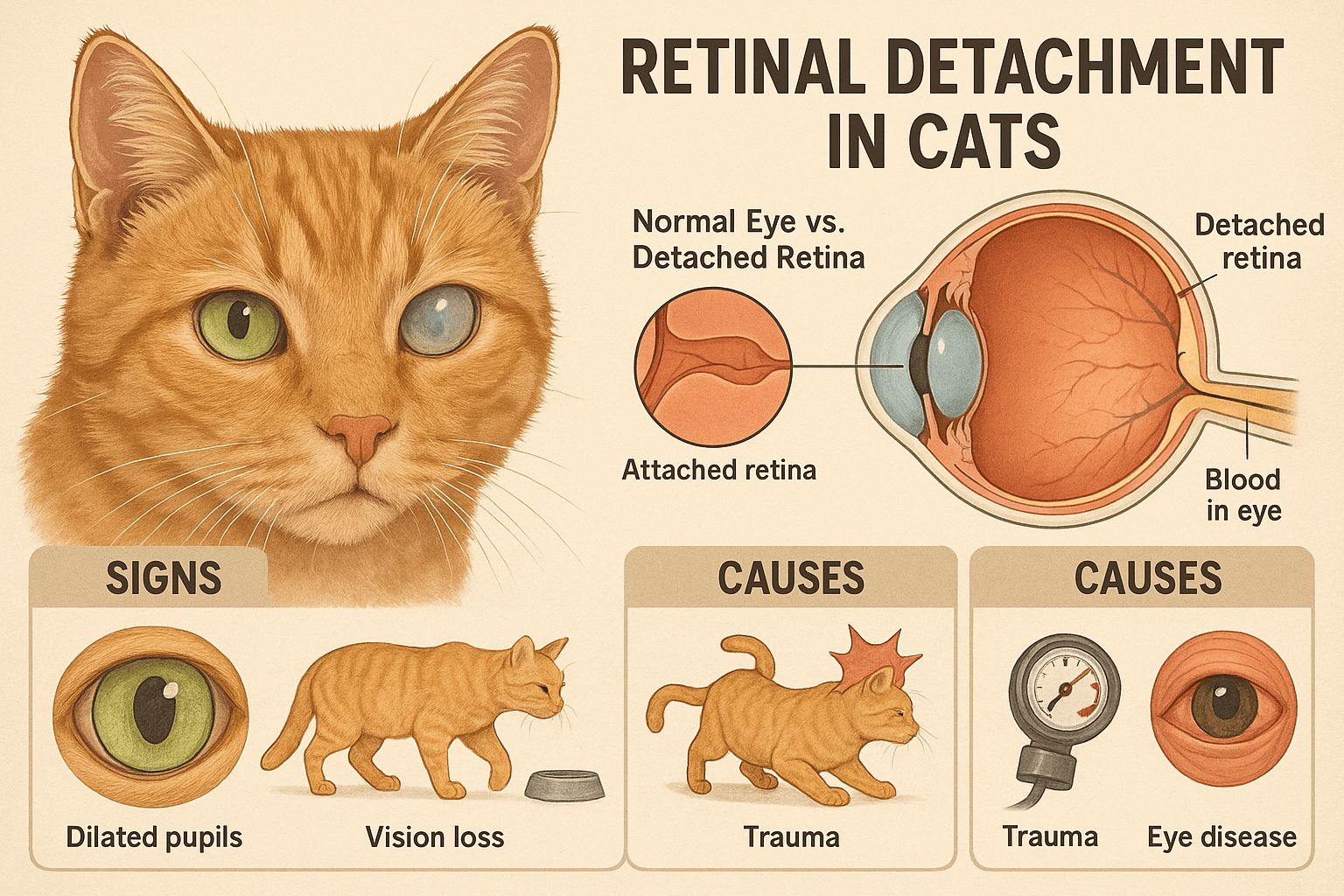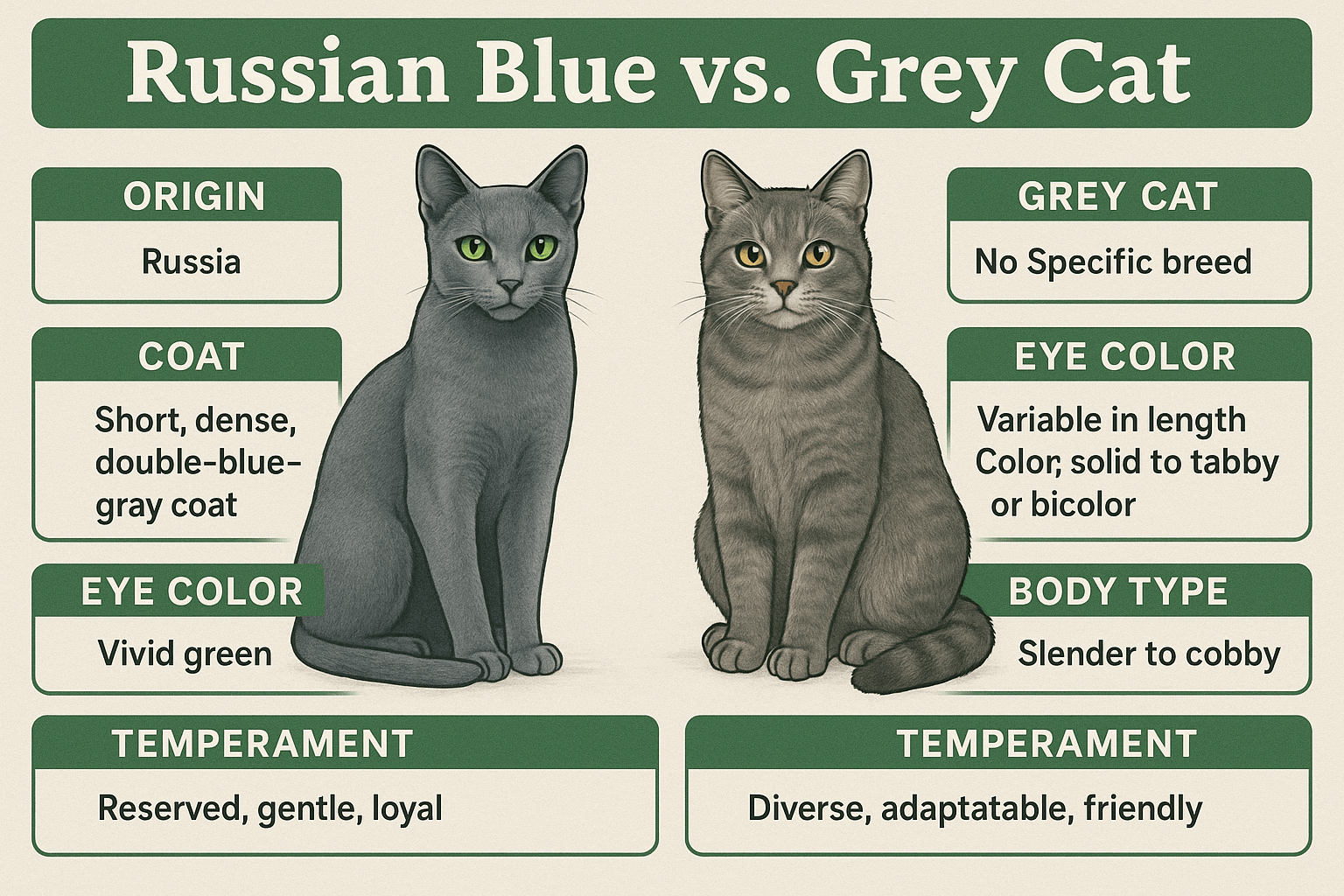Common Cat Eye Problems: What Every Owner Should Know
A cat’s eyes are not only mesmerizing but also vital to their overall health and well-being. Unfortunately, cats can experience a variety of eye problems that range from minor irritations to serious conditions requiring immediate veterinary attention. As a responsible pet owner, it’s essential to recognize the signs of these issues early to ensure your feline friend receives timely care. From redness and discharge to cloudiness and squinting, understanding common cat eye problems empowers you to act quickly and keep those enchanting eyes healthy. Let’s explore the most frequent eye issues in cats, their causes, symptoms, and treatment options.
Expert Insight: What Healthy Cat Eyes Should Look Like
“A cat’s eyes should be wide open, with little blinking, and no discharge from the corner of the eyes. The surface of the eyes should be bright, clear and free of blemishes, and the whites of the eyes should not have a reddened colour. The pupils of left and right eyes should look similar in size and shape.”
Signs Your Cat May Have an Eye Problem
Recognizing the early warning signs of eye problems is crucial for preventing complications. Cats are masters at hiding discomfort, so paying close attention to subtle changes in their behavior or appearance can make all the difference.
Excessive Tearing or Discharge:
Watery eyes or yellow/green discharge may indicate an infection or irritation.Redness or Swelling:
Inflamed eyelids or surrounding tissues often signal allergies, infections, or trauma.Cloudy or Hazy Appearance:
A change in eye clarity could point to cataracts, glaucoma, or corneal ulcers.Squinting or Keeping Eyes Closed:
Cats with eye pain will often squint or avoid opening their eyes fully.Rubbing or Pawing at Eyes:
Persistent rubbing suggests discomfort and should be addressed promptly to prevent further damage.
If you notice any of these symptoms, it’s important to consult your veterinarian as soon as possible to determine the underlying cause and begin appropriate treatment.
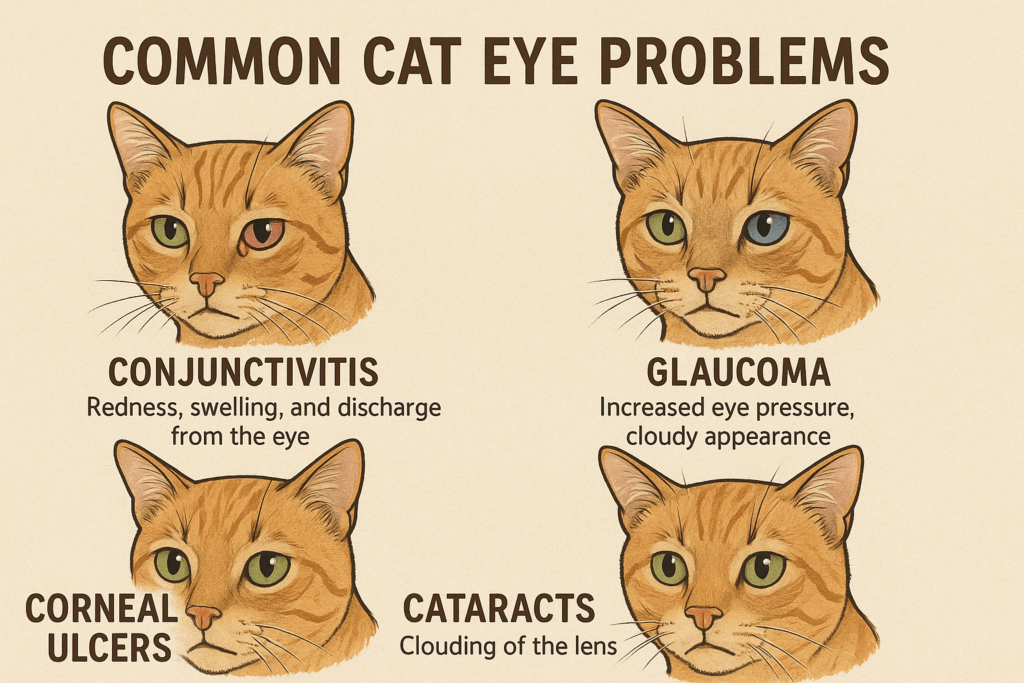
Common Cat Eye Problems and Their Causes
Cats can suffer from a variety of eye-related issues, each with its own set of triggers and characteristics. Understanding these conditions helps you identify potential problems and seek proper care.
Conjunctivitis (Pink Eye):
This inflammation of the eye lining is often caused by bacterial or viral infections, such as feline herpesvirus.Corneal Ulcers:
These painful sores on the surface of the eye can result from scratches, foreign objects, or untreated infections.Glaucoma:
Increased pressure within the eye leads to this condition, which can cause blindness if left untreated.Cataracts:
Clouding of the lens is typically age-related but can also stem from diabetes or trauma.Uveitis:
Inflammation of the uveal tract inside the eye may be linked to infections, autoimmune diseases, or systemic illnesses.
Early detection and treatment of these conditions are key to preserving your cat’s vision and quality of life.
Check this guide 👉Understanding Your Cats Third Eyelid: Best 7 Expert Tips!
Check this guide 👉How to Clean a Cat Eye Infection: Best 7 Health Tips!
Check this guide 👉Understanding Cat Eye Mucus: Best 7 Health Tips!
Preventive Measures for Cat Eye Health | When to See a Veterinarian |
|---|---|
Regularly check your cat’s eyes for changes | Persistent redness or swelling |
Keep your cat’s face clean and free of debris | Excessive tearing or unusual discharge |
Provide a balanced diet rich in vitamins | Cloudiness or haziness in the eyes |
Avoid exposing your cat to smoke or allergens | Squinting or keeping eyes closed |
Schedule routine vet check-ups | Signs of pain or frequent pawing |
How to Care for Your Cat’s Eyes at Home
While professional veterinary care is essential for serious eye problems, there are several ways you can support your cat’s eye health at home. These simple practices help maintain cleanliness and reduce the risk of infections.
Clean Around the Eyes Daily:
Use a damp cloth or cotton ball to gently wipe away dirt, crust, or discharge around the eyes.Trim Facial Fur:
Long-haired breeds benefit from trimmed facial fur to prevent hair from irritating the eyes.Avoid Harsh Chemicals:
Keep cleaning products, perfumes, and other irritants away from your cat’s face.Monitor Playtime:
Supervise interactions with other pets or children to prevent accidental eye injuries.Provide a Stress-Free Environment:
Minimize stressors that could weaken your cat’s immune system and make them more prone to infections.
By incorporating these habits into your routine, you can help protect your cat’s eyes and catch potential issues early.
Treatment Options for Cat Eye Problems
The treatment for cat eye problems depends on the specific condition and its severity. Your veterinarian will recommend the best course of action based on their diagnosis.
Antibiotics or Antiviral Medications:
Prescribed for bacterial or viral infections like conjunctivitis or feline herpesvirus.Anti-Inflammatory Drugs:
Used to reduce swelling and discomfort associated with uveitis or allergies.Surgical Intervention:
Required for severe cases of glaucoma, cataracts, or deep corneal ulcers.Eye Drops or Ointments:
Administered to lubricate the eyes, fight infections, or relieve irritation.Pain Management:
Painkillers may be prescribed to alleviate discomfort during recovery.
Following your vet’s guidance ensures your cat receives the care they need to heal and regain comfort.
Preventing Eye Problems in Kittens
Kittens are especially vulnerable to eye problems due to their developing immune systems. Taking preventive measures early can set the stage for lifelong eye health.
Keep Vaccinations Up-to-Date:
Vaccines protect against viral infections like feline herpesvirus, which can affect the eyes.Maintain a Clean Environment:
Regularly disinfect bedding and play areas to minimize exposure to bacteria and allergens.Monitor Interactions with Other Pets:
Ensure older pets or outdoor animals don’t accidentally injure the kitten’s delicate eyes.Feed a Nutrient-Rich Diet:
Proper nutrition supports healthy eye development and strengthens immunity.Schedule Early Vet Visits:
Early check-ups allow vets to detect and address potential issues before they worsen.
By focusing on prevention, you give your kitten the best start in life.
How Diet Impacts Cat Eye Health
A balanced diet plays a significant role in maintaining your cat’s eye health. Certain nutrients are particularly beneficial for reducing the risk of eye problems.
Taurine:
Essential for retinal function; a deficiency can lead to vision loss.Vitamin A:
Supports overall eye health and prevents dryness or irritation.Omega-3 Fatty Acids:
Reduce inflammation and promote healthy tear production.Antioxidants Like Lutein and Zeaxanthin:
Protect the eyes from oxidative stress and age-related damage.Hydration:
Ensures tear ducts remain clear and functional, reducing the risk of infections.
Incorporating these nutrients into your cat’s diet supports long-term eye health.
Managing Chronic Eye Conditions in Cats
Some cats develop chronic eye conditions that require ongoing management. While these issues may not be curable, they can often be controlled with consistent care.
Regular Medication Administration:
Follow your vet’s instructions carefully to manage symptoms effectively.Frequent Vet Check-Ups:
Routine visits help monitor the condition and adjust treatments as needed.Environmental Modifications:
Reduce exposure to irritants like dust, pollen, or strong odors that exacerbate symptoms.Comfort Measures:
Provide soft bedding and low-light environments during flare-ups to ease discomfort.Emotional Support:
Chronic conditions can affect your cat’s mood; shower them with extra love and attention.
With dedication and compassion, you can help your cat live comfortably despite chronic eye issues.
Frequently Asked Questions About Cat Eye Problems
Can I use human eye drops for my cat?
No, human eye drops can harm your cat. Always use products specifically formulated for felines.
Why does my cat have watery eyes?
Watery eyes may result from allergies, infections, blocked tear ducts, or foreign objects.
How can I tell if my cat is losing vision?
Signs include bumping into furniture, reluctance to jump, or dilated pupils that don’t respond to light.
Are some breeds more prone to eye problems?
Yes, flat-faced breeds like Persians are more susceptible to issues due to their facial structure.
What should I do if my cat gets something stuck in their eye?
Avoid removing it yourself; instead, take your cat to the vet immediately to prevent further injury.
Prioritizing Your Cat’s Eye Health
Your cat’s eyes are windows to their world, and maintaining their health is essential for their happiness and well-being. By staying vigilant for signs of trouble, practicing preventive care, and seeking prompt veterinary attention when needed, you can ensure your feline companion enjoys clear vision and comfort throughout their life. Remember, even seemingly minor issues can escalate quickly, so never hesitate to reach out to your vet with concerns. With love, care, and attention, you can keep those captivating eyes shining brightly for years to come.
What Causes Cat Constipation? Best 7 Expert Tips! Discover common causes, symptoms, and solutions for cat constipation to keep your feline healthy and comfortable.
Cat Paw Injury: Best 7 Expert Tips! Discover essential advice on identifying, treating, and preventing cat paw injuries to keep your feline friend healthy and happy.
Retinal Detachment in Cats: Best 7 Expert Tips! Learn to identify symptoms, understand causes, and explore treatment options to protect your cat’s vision effectively.
Russian Blue vs Grey Cat: Best 7 Expert Tips! Discover key differences, unique traits, and expert advice to help you choose between a Russian Blue and a generic grey cat for your perfect feline companion.

